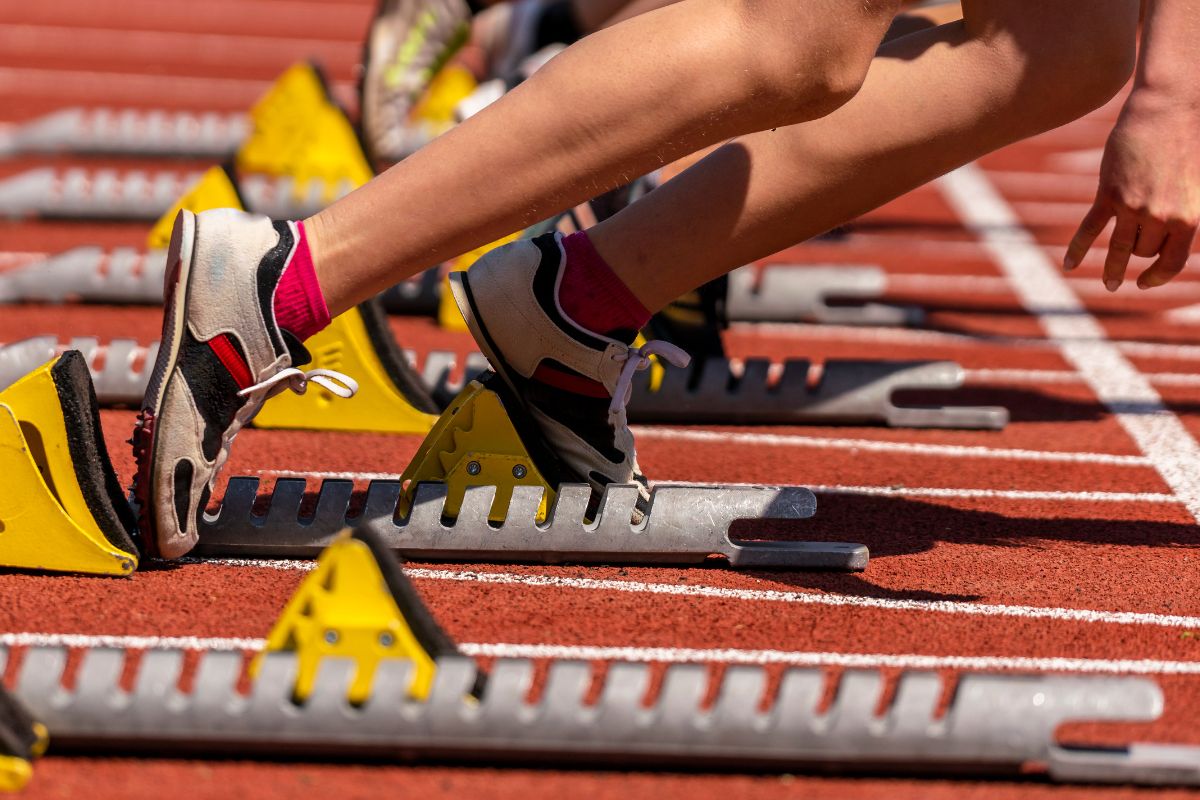Your cart is currently empty!
Photobiomodulation in human muscle tissue: an advantage in sports performance?

Ferraresi C, Huang YY, Hamblin MR
Abstract: Photobiomodulation (PBM) describes the use of red or near-infrared (NIR) light to stimulate, heal, and regenerate damaged tissue. Both preconditioning (light delivered to muscles before exercise) and PBM applied after exercise can increase sports performance in athletes. This review covers the effects of PBM on human muscle tissue in clinical trials in volunteers related to sports performance and in athletes. The parameters used were categorized into those with positive effects or no effects on muscle performance and recovery. Randomized controlled trials and case-control studies in both healthy trained and untrained participants, and elite athletes were retrieved from MEDLINE up to 2016. Performance metrics included fatigue, number of repetitions, torque, hypertrophy; measures of muscle damage and recovery such as creatine kinase and delayed onset muscle soreness. Searches retrieved 533 studies, of which 46 were included in the review (n = 1045 participants). Studies used single laser probes, cluster of laser diodes, LED clusters, mixed clusters (lasers and LEDs), and flexible LED arrays. Both red, NIR, and red/NIR mixtures were used.
Key points: PBM can increase muscle mass gained after training, and decrease inflammation and oxidative stress in muscle biopsies. We raise the question of whether PBM should be permitted in athletic competition by international regulatory authorities.
Similar Studies
Effects of low-level laser therapy on skeletal muscle repair: a systematic review